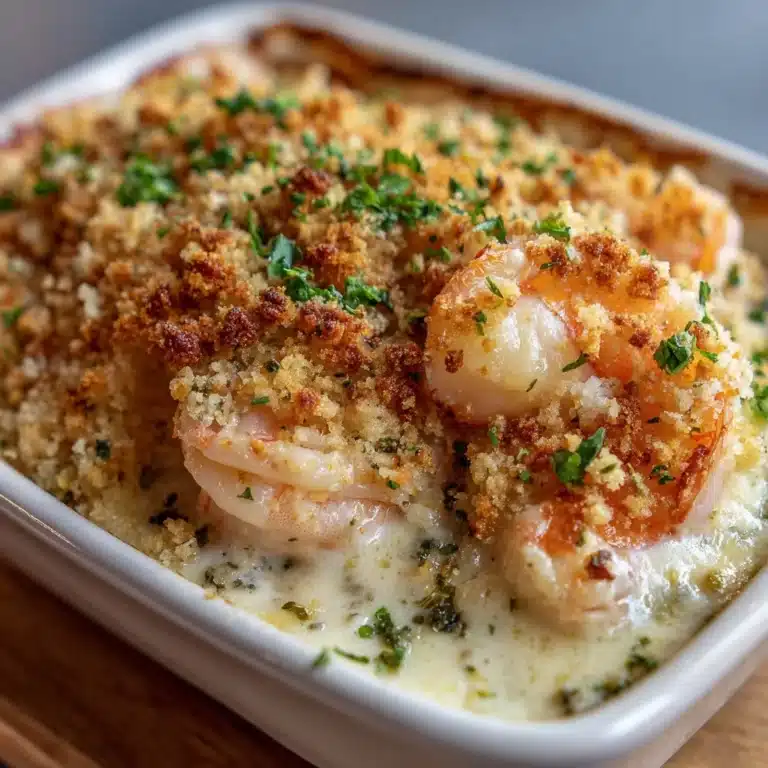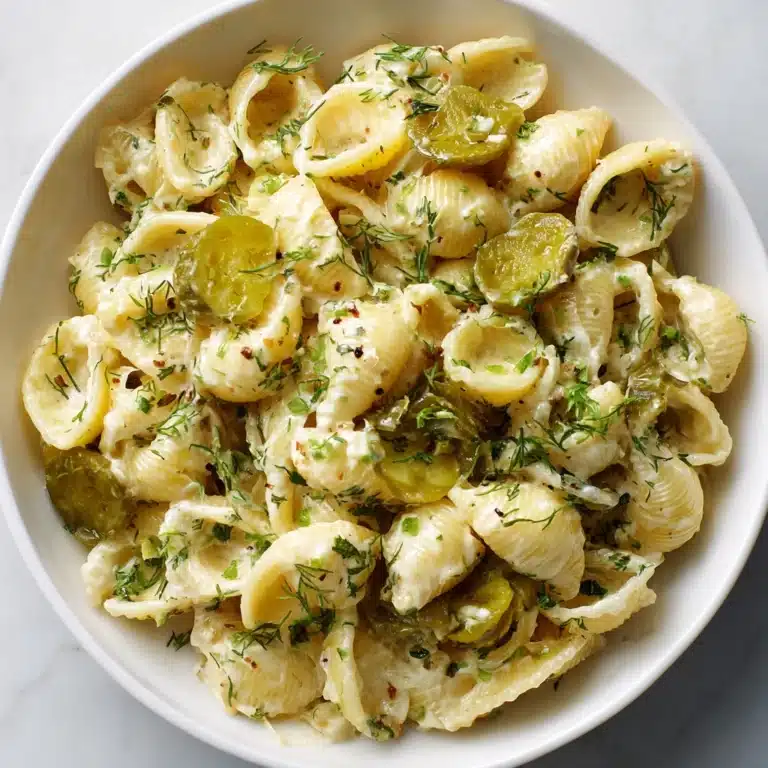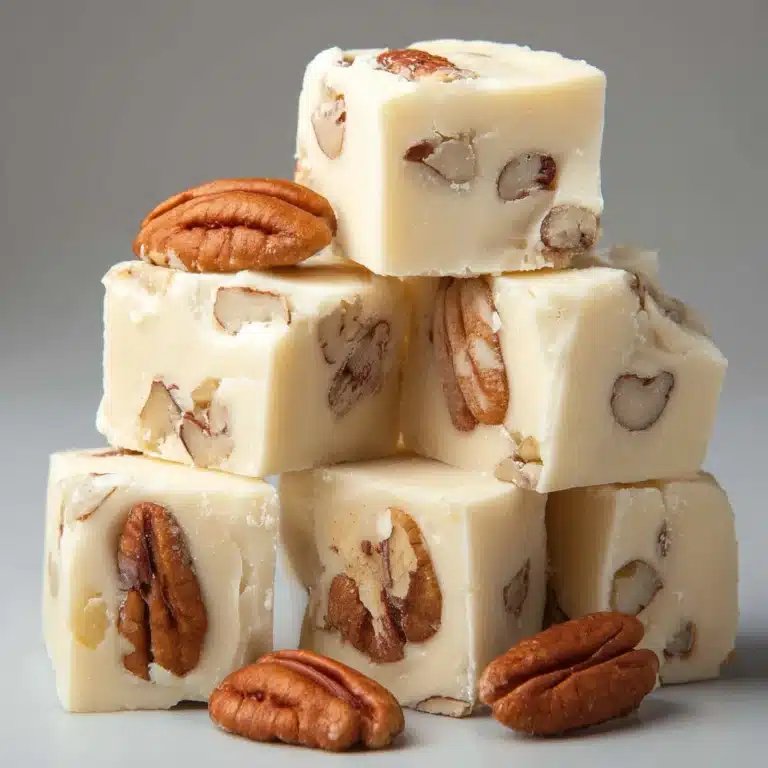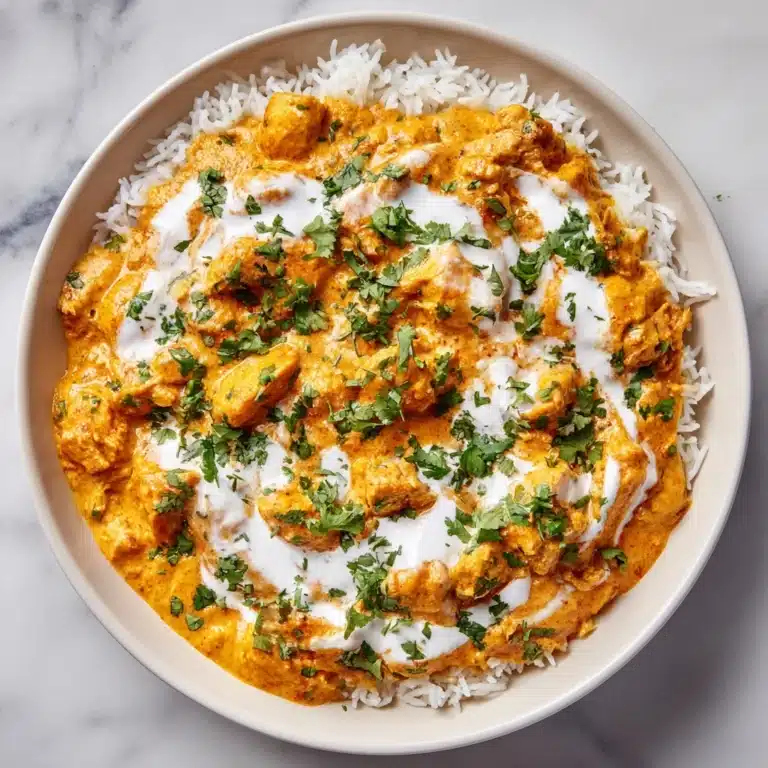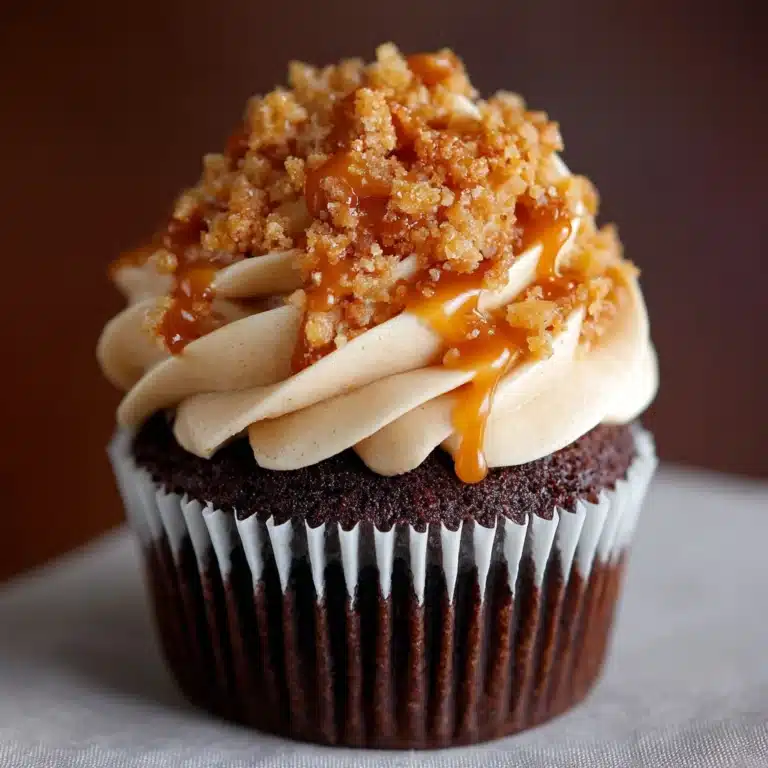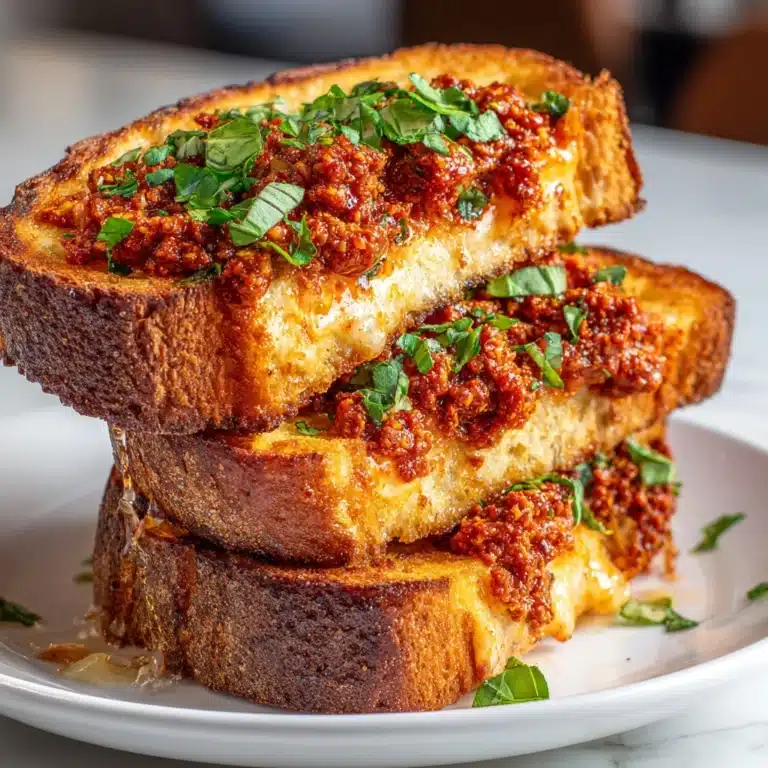How To Make Scrambled Eggs Recipe
There’s nothing quite as comforting as a plate of creamy, fluffy scrambled eggs, and if you’ve ever wondered just how to make scrambled eggs so good they become your signature breakfast, you’ve landed in the right place! This tried-and-true method uses only a handful of kitchen staples but delivers incredible flavor and a melt-in-your-mouth texture that rivals your favorite café. Whether you’re new to the kitchen or a seasoned cook looking to perfect a classic, this guide will walk you through every step, sprinkle in a few pro tips, and answer all your burning questions about How To Make Scrambled Eggs just the way you like them.
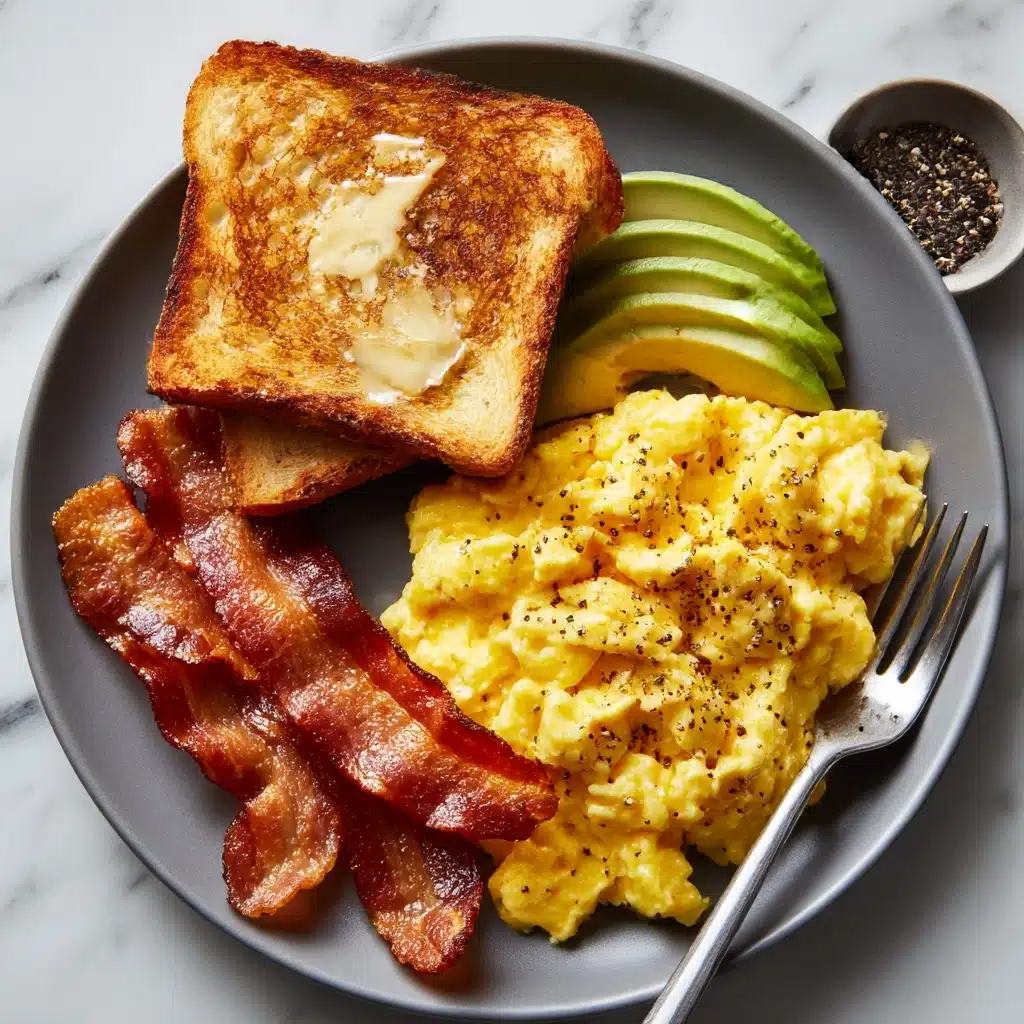
Ingredients You’ll Need
At the heart of irresistible scrambled eggs are just a few simple ingredients, each of which plays a vital role in creating that signature texture and taste. When you focus on quality and technique, these humble pantry basics transform into pure breakfast magic.
- 4 large eggs: Fresh, high-quality eggs are key for vibrant color and rich flavor.
- 2 tablespoons whole milk or cream: Adds creaminess and helps create tender, fluffy curds—use cream for extra indulgence!
- 1 tablespoon butter: Butter not only prevents sticking but also infuses the eggs with a luxurious, silky richness.
- Salt and black pepper to taste: A little seasoning enhances the eggs’ flavor and brings the whole dish together.
- Optional chopped herbs or shredded cheese for garnish: These finishing touches add color, freshness, or a hit of melty goodness—totally customizable!
How to Make How To Make Scrambled Eggs
Step 1: Crack and Whisk
Start by cracking the eggs into a medium-sized mixing bowl. Splash in your milk or cream, then add a pinch of salt and a dash of black pepper. Grab a whisk and give everything a thorough beating—keep whisking until the mixture is completely combined, smooth, and just a little bit frothy. This aeration is what helps your scrambled eggs turn out so wonderfully light.
Step 2: Heat the Pan and Butter
Set a nonstick skillet over medium-low heat and drop in the butter. Let it melt slowly, swirling the pan carefully until every inch is coated. The gentle heat is crucial—going low and slow here ensures you’ll get scrambled eggs that are creamy and never rubbery.
Step 3: Pour and Let Set
When the butter is gently foaming but not browned, pour the egg mixture into the skillet. Don’t rush to stir right away! Give the eggs a few seconds untouched so the edges just begin to set—this is your first step to creating those beautiful, soft curds.
Step 4: Stir Gently and Continuously
Pick up a spatula and start gently stirring from the outer edge of the pan in toward the center. Move slowly and keep the eggs in motion with a kind, circular sweep. Watch as creamy ribbons form, and continue this process until most of the eggs are set but some glossy, slightly runny spots remain. That’s the secret to keeping them moist and luscious!
Step 5: Remove from Heat and Finish
Take the pan off the heat promptly—the residual warmth will finish cooking your scrambled eggs to perfection without letting them overcook. Spoon the eggs onto plates right away. If you like, top with a shower of fresh herbs or a little handful of shredded cheese for that final flourish.
How to Serve How To Make Scrambled Eggs
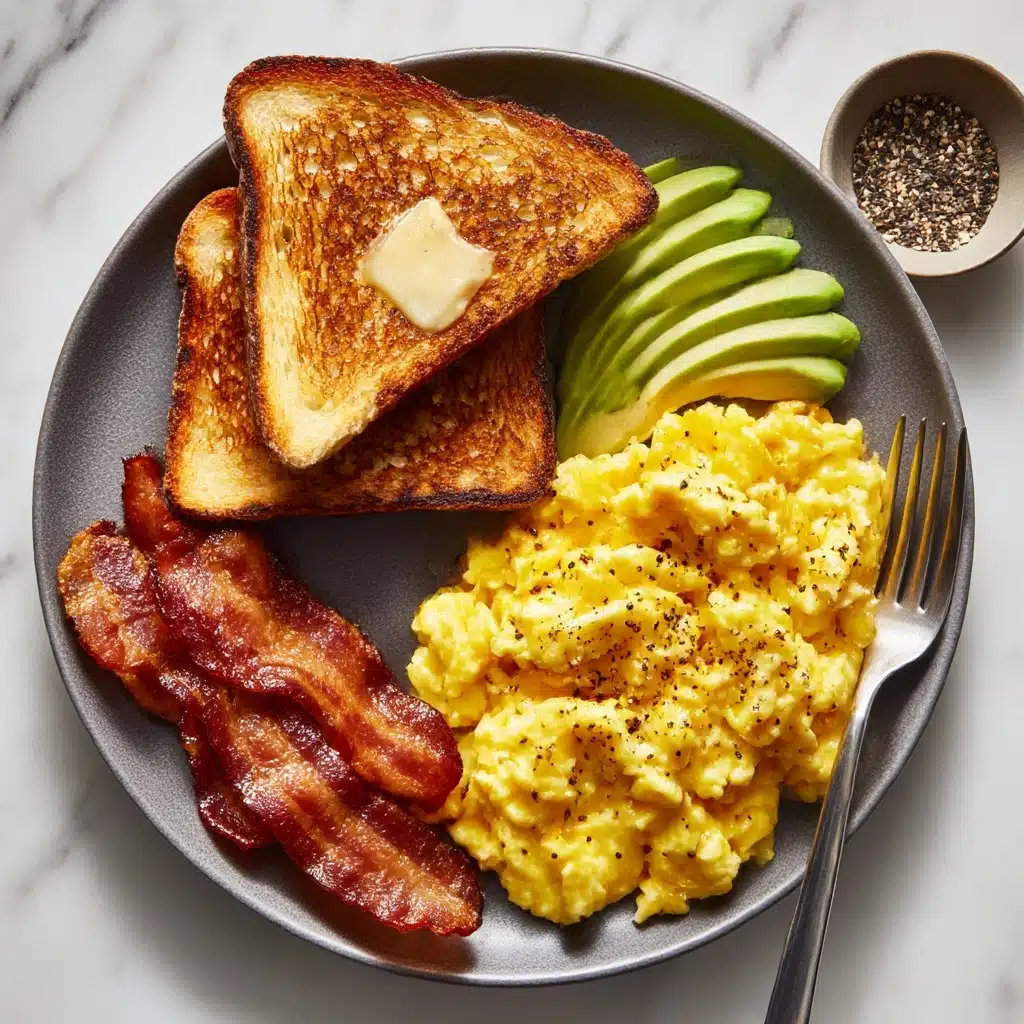
Garnishes
A sprinkle of chopped chives, parsley, or dill adds a fresh pop of green, while a pinch of flaky sea salt or a twist of freshly ground black pepper can lend a little extra oomph. For a touch of decadence, a handful of grated cheddar, feta, or Parmesan melts irresistibly into the hot eggs, transforming every bite into pure bliss.
Side Dishes
Toast is the classic go-to (buttery sourdough, seeded rye, or a simple English muffin all work beautifully) to mop up every last bite of creamy egg. If you’re feeling fancy, serve your scrambled eggs alongside crispy bacon, roasted tomatoes, or a simple green salad. Avocado fan? Sliced avocado or guacamole on the side is always a hit.
Creative Ways to Present
Why not think outside the (breakfast) box? Pile your scrambled eggs into a buttery croissant sandwich, serve them over sautéed greens, or even spoon them onto warm tortillas for a quick-and-easy breakfast taco. Little ramekins of eggs with a dusting of spice or alongside smoked salmon are perfect for brunch parties.
Make Ahead and Storage
Storing Leftovers
If you find yourself with extra scrambled eggs, let them cool to room temperature before transferring to an airtight container. Pop them in the fridge and enjoy within 2 days for the best texture. Keep in mind: the eggs may continue to firm up a bit after chilling, so a gentle hand is key when reheating.
Freezing
While scrambled eggs can technically be frozen, it’s not my favorite way to keep them, since their delicate texture can suffer. If you need to freeze, pack the cooled eggs in a freezer-safe bag and press out as much air as possible. Thaw overnight in the fridge for best results, and plan on using them within a month or so.
Reheating
To warm up scrambled eggs and keep them as creamy as possible, use low heat—either on the stovetop in a pan or in the microwave at half power, stirring every 20 seconds. Add a tiny splash of milk while you heat to help restore some of that original softness.
FAQs
Why do my scrambled eggs turn out rubbery?
Usually, rubbery eggs are the result of too much heat or overcooking. For the perfect How To Make Scrambled Eggs result, remember to cook on medium-low heat and remove the eggs from the pan while they’re still a little moist, letting the residual heat do the rest.
Can I make scrambled eggs without milk or cream?
Absolutely! While dairy helps create ultra-creamy scrambled eggs, you can skip it entirely or substitute with a non-dairy alternative. The most important thing for How To Make Scrambled Eggs that are soft and fluffy is gentle cooking and constant stirring.
Should I use a whisk or a fork to beat the eggs?
Either works, but a whisk does a better job incorporating air for fluffier eggs. The more vigorously you whisk before cooking, the lighter your How To Make Scrambled Eggs will be!
What’s the secret to really creamy scrambled eggs?
It’s all about low heat, constant gentle stirring, and removing the pan before the eggs look fully cooked. Butter and a bit of cream or milk help with richness, but the technique is the real secret to How To Make Scrambled Eggs that are truly creamy.
How do I keep my eggs warm if I’m serving a crowd?
If you need to hold your eggs for a bit, place them in a warm (not hot) oven, covered loosely with foil. Give them a gentle stir every few minutes and serve as soon as possible for the best texture with your big batch of scrambled eggs.
Final Thoughts
If you’ve ever wanted to truly master breakfast, learning How To Make Scrambled Eggs the right way is a game-changer. Simple in ingredients but limitless in possibilities, these eggs will win over even the sleepiest morning crowd. So grab that whisk, trust the process, and treat yourself to a breakfast classic done just right!
Print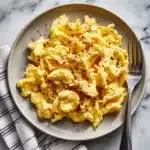
How To Make Scrambled Eggs Recipe
- Total Time: 10 minutes
- Yield: 2 servings 1x
- Diet: Vegetarian
Description
Learn how to make the fluffiest and creamiest scrambled eggs with this simple recipe. Perfect for a quick and satisfying breakfast!
Ingredients
Eggs:
- 4 large eggs
Milk or Cream:
- 2 tablespoons whole milk or cream
Butter:
- 1 tablespoon butter
Seasoning:
- Salt and black pepper to taste
Garnish (optional):
- Chopped herbs or shredded cheese
Instructions
- Prepare Egg Mixture: Crack eggs into a bowl, add milk, salt, and pepper. Whisk until smooth and frothy.
- Cook Eggs: Melt butter in a skillet over medium-low heat. Pour in egg mixture. Let edges set, then gently stir until softly set and slightly runny.
- Serve: Remove from heat and let residual heat finish cooking. Garnish with herbs or cheese.
Notes
- Low and slow cooking yields the best texture for scrambled eggs.
- Avoid overcooking to prevent dry eggs.
- Prep Time: 5 minutes
- Cook Time: 5 minutes
- Category: Breakfast
- Method: Stovetop
- Cuisine: American
Nutrition
- Serving Size: 2 eggs
- Calories: 180
- Sugar: 1g
- Sodium: 180mg
- Fat: 14g
- Saturated Fat: 6g
- Unsaturated Fat: 7g
- Trans Fat: 0g
- Carbohydrates: 1g
- Fiber: 0g
- Protein: 12g
- Cholesterol: 370mg
